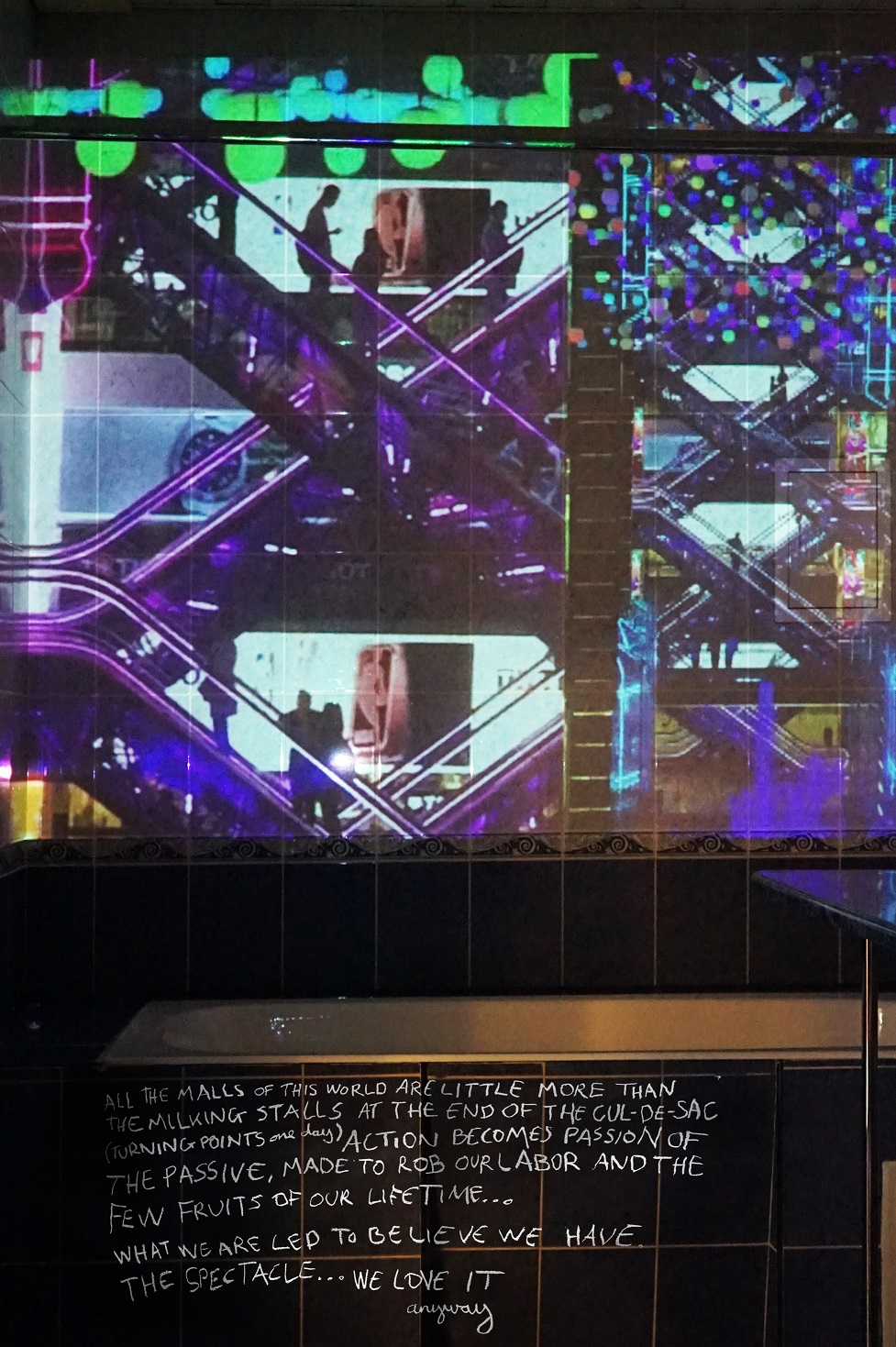
AUGUST 28 / 5 P.M. / CINEMA HALL
On Saturday, German artists Claudia Piepenbrock and Andre Sassenroth will present the interim results of the "Moving Still Life" project (curated by Tim Voss), which involves traveling from Germany through Russia and back exclusively by land and sea transport.
Since the Renaissance it has been customary among the European nobility to send their sons on a so-called “Grand Tour”, an educational trip through Europe to finish their education, to give them the finishing touches. Today, around half a millennium later, these stays abroad are a widespread support option for scientific and cultural enterprises in Western Europe. The Bremen based artists Claudia Piepenbrock and André Sassenroth were honored in 2019 as part of the Bremen funding program “Bremer Kunstsatellit” for embarking on a journey with the Trans-Siberian Railway: from Germany, through Russia to the Sakhalin Islands, to the Sea of Okhotsk Yakutia and back. Now they were able to start this trip in August 2021, one year later due to the pandemic. They will archive this photographically, filmically and acoustically as a protocol in various categories and use it as a starting point for artistic expressions.
“We are embarking on this journey in order to be on various trains and ferries for a limited period of time. These vehicles are bodies in which we let our own bodies move. It is a total of approx. 600 hours that we are moved in or on them. We will spend the longest connected piece / the longest time of it on the Trans-Siberian Railway. It offers us the opportunity to stay on about 9000 km and still be in motion. We call this phenomenon "moving still life" and examine in it the effect of duration and distance without active control under the aspects of translocality and deceleration.
"Claudia Piepenbrock, mainly active in sculpture, and André Sassenroth, with his rather transgressive art practice, both studied fine arts in Bremen and regularly cooperate with each other on joint projects. Most recently, in the summer of 2021, at the invitation of the Langenhagen Art Association near Hannover, they worked together with children on a “Letter to the World” they had written, which they painted in large format to an asphalt square and documented this with a camera drone. They plan to practice intervening with text in public space again and again on their journey through Russia. Claudia Piepenbrock: “One of our subject areas in our work is the recurring translation, the understanding and the misunderstanding, about the real and fiction, perhaps about the ambiguity between how we look at something, what we store and the often unknown reality to be shown as a constellation."
So one could describe this picture of reality symbolically with the look at the stars by the much-quoted Walter Benjamin: According to him, the metaphor of the stars only acquires its full meaning when it is expanded to the constellation to which the stars form in the eye of the earthly observer - and only this one - add. Constellations are not only appearances, the visibility of which is linked to the onset of darkness. Above all, they are an arrangement of phenomena that is not created by these phenomena themselves, but only by the contingent location of their observer. The stars of a constellation are completely discontinuous with one another, but can be perceived as a constellation and recognized with regard to their position. According to Benjamin, knowledge can only arise from constellations. On their journey, Sassenroth / Piepenbrock create a cartography from photographed and filmed images, recorded audio sounds and intervening shifts in context. In the end, they have an archive of many comments and changed realities, which they then want to evaluate from a distance.
Larry Wolff describes in his book "Inventing Eastern Europe", published in 1994, how much the view of Eastern Europe has increasingly been ideologically transfigured since the enlightenment in favor of a distinction between a retrograde East and a progressive West. Travel reports by contemporary scholars such as Voltaire, Rousseau and Ledyard in particular contributed to this story. “Every traveler carried a mental map with them, which they could freely annotate, embellish, refine or refold on the way.” The operations of mental mapping were based primarily on associations and comparisons. Association of the countries of Eastern Europe, intellectual connection to a coherent whole and in comparison with the countries of Western Europe. Edward Said already described this problem in the 1980s using the example of Orientalism, the western so-called "Research of the Orient". Every contemplation of the foreign can face these foundations for the field of post-colonial discourse today. “We pay attention to the aforementioned field of translation and to other fields such as movement, duration, distance, shifting and copying of subjects and objects. For us, this means that when people and things leave their accustomed spaces, differently weighted proportions of residence and absence arise in several places at the same time and exist with various immanences."
In order to evaluate their trip, they will again shift the context back in Bremen. You will rent a tram in which interested parties can go to witness different documents of their almost three-month journey.
Tim Voss Berlin, August 2021